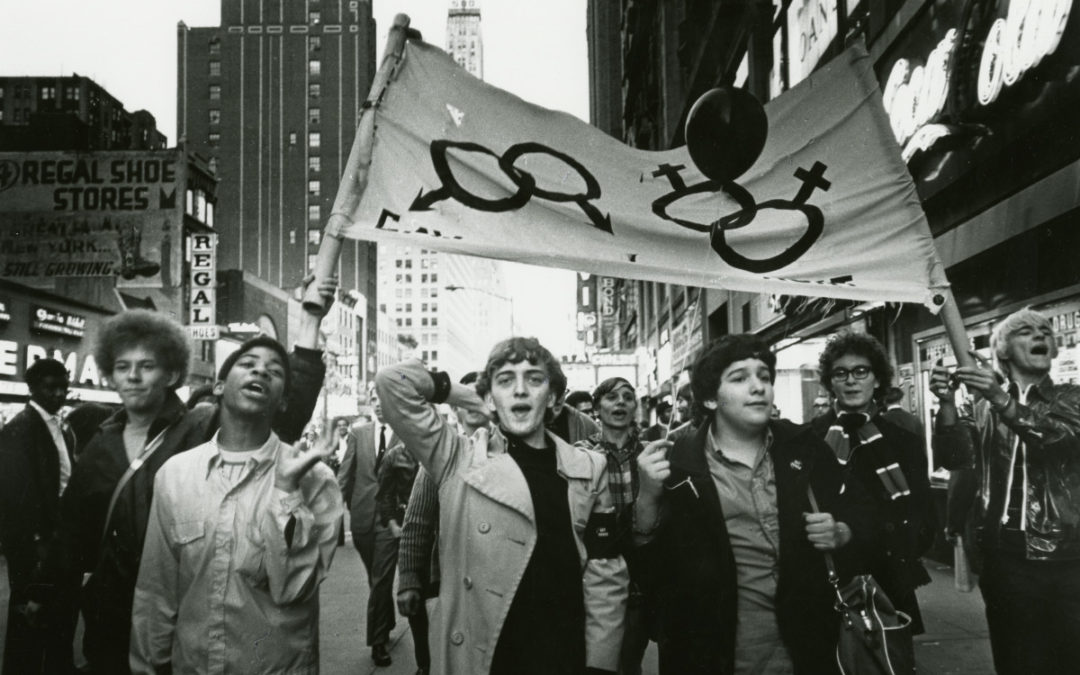History of Pride
The 1960s was a time of change across the globe. It was a time of the Black Power Movement, the Women’s Right Movement and Woodstock which inspired the way youth celebrated music and change. Stonewall was a pillar of revolution that began the Gay Pride Movement. Homosexuality was illegal in the 1960s and The Stonewall Inn was a place for all members of the LGBTQ+ Community to get together socially and hide from the law. It is located in Greenwich Village, New York, and at the time was owned by the mafia who bribed the police regularly to avoid raids and a mass arrest of all their customers. (Evans, 2018)
On the 27th June, 1969, many members of the LGBTQ+ community came to New York to mourn the loss of Judy Garland and gathered at The Stonewall Inn after the funeral. In the early morning of the 28th of June, 1969, police raided the bar for illegaly selling alcohol. The police arrested the owners, women and drag performers and put them into a wagon, they also used physical violence against members of the community. A riot eventually broke out on the streets and the crowd expanded to hundreds. Every time the riot was broken apart, it formed again in the name of gay pride. Protests continued a week after the event and an intolerance to the way people were being treated started to develop. From 1970, different countries all over the world started their own Pride marches during the month of June as a legacy to what happened at The Stonewall Inn and to get acceptance from their home countries. (Matzner, 2015). June is now known as ‘Pride Month’. Across the globe today, it is still a criminal offence to be openly gay in 72 countries. In more extreme cases, people can be stoned to death or imprisoned.

Homosexuality in Ireland
After the revolt of Stonewall, patrons in Ireland began to question the laws in their own country and it was Senator David Norris who started to fight against the criminilsation of homosexuality. He took a case before the courts in 1977 to change the law but he lost in 1980. Despite this, Ireland held it’s first Pride parade in 1983 after Declan Flynn got brutally attacked and later died. This attack was brought on as a result of homophobia. (Halpin, 2018) 10 years later, the crime of homosexuality was removed from the statute books in Ireland and in 2015, the marriage equality referendum passed. There were 455 known convictions from 1962 to 1972 and a formal apology was given by Leo Varadkar this year. In 1974, 8 people protested against the laws in Ireland that criminalised homosexuality. Over 60,000 people turned out for the Pride in 2018. (Gallagher,2018). Pride is the visible tip of LGBT+ liberation and celebration. Kerry Festival of Pride 2020 will take place from 12th to 14th of June. Come together to foster a sense of pride, support and community for LGBT+ people living in Kerry.
Dawn Lenihan


Recent Comments